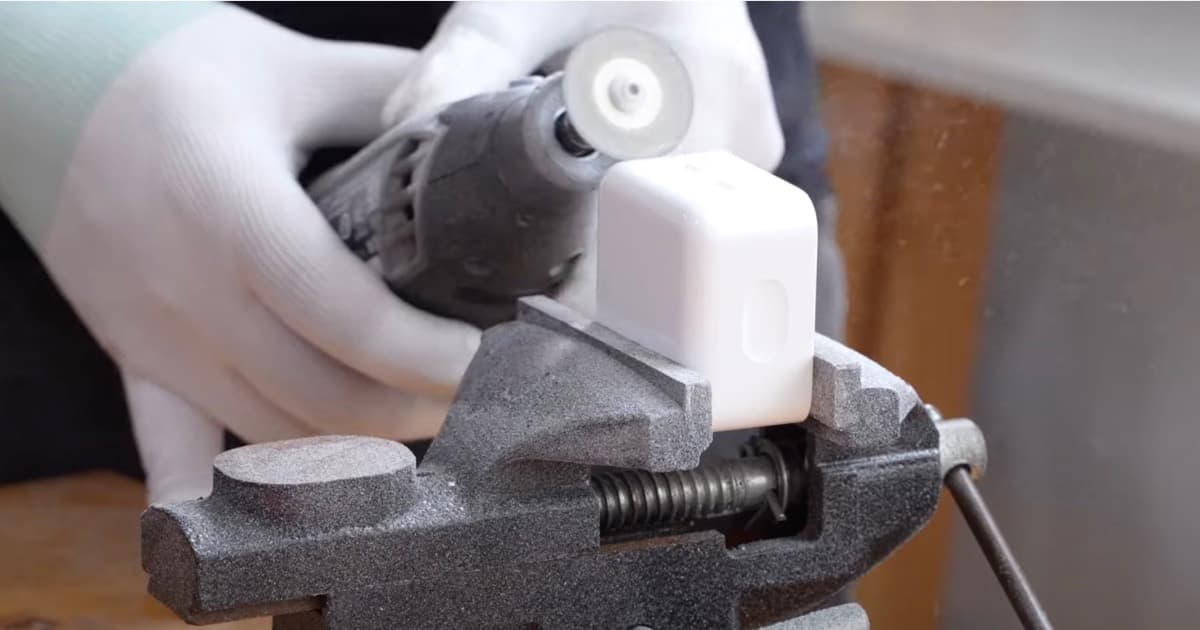Apple began selling the new 35W dual USB-C charger last week, and one YouTuber provides a teardown of a model. The device has two versions: regular and compact. While both of them have the same capabilities, one does feature a small design tweak on the exterior of the product. Now, a teardown video shows exactly what is under the plastic case.
Teardown of Apple’s 35W Compact USB-C Dual Charger
In a post to YouTube from the channel ChargerLAB, the channel gives users a fantastic look at the internal design and architecture of the Apple 35W dual USB-C compact charger. In just six minutes, the video also reveals the bill of materials.
This includes:
- Input Fuse: SCHURTER
- Bridge Rectifier: LITE-ON MRS30M (3A 1000V)
- Electrolytic Capacitor: AiSHi, CapXon
- Master Control Chip: PI ZN1431C
- Transformer: Salcomp
- Synchronous Rectifier: AOS AONS62920
- Solid Capacitor: CapXon
- MOSFET: ON Semiconductor NTTFS4C05N
- Procol Chip: Infineon CYPD4236-LQXQT
Concerning the video, it is interesting to see just how symmetrical the internal components of the charger are. With this charger, Apple promises up to 35W while charging one device, and 17.5W when charging two devices at the same time.
Additionally, there are a few tips and tricks about the product. Users can take full advantage of the charger by knowing how it charges with two devices at once.
- If you connect a Mac notebook and an iPhone or iPad, each device receives up to 17.5W.
- Connecting an iPhone and an iPad, each device receives up to 17.5W.
- Those that connect a Mac notebook or iPhone and an Apple Watch or AirPods, the Mac notebook or iPhone receives up to 27.5W and the Apple Watch or AirPods receive up to 7.5W.
However, Apple also discloses that new iPhones that fast-charge with the 20W power adapter will also benefit from fast-charging with the 17.5W option.
Lastly, there are many hoping that this new charger means that the iPhone will eventually see a USB-C port.
